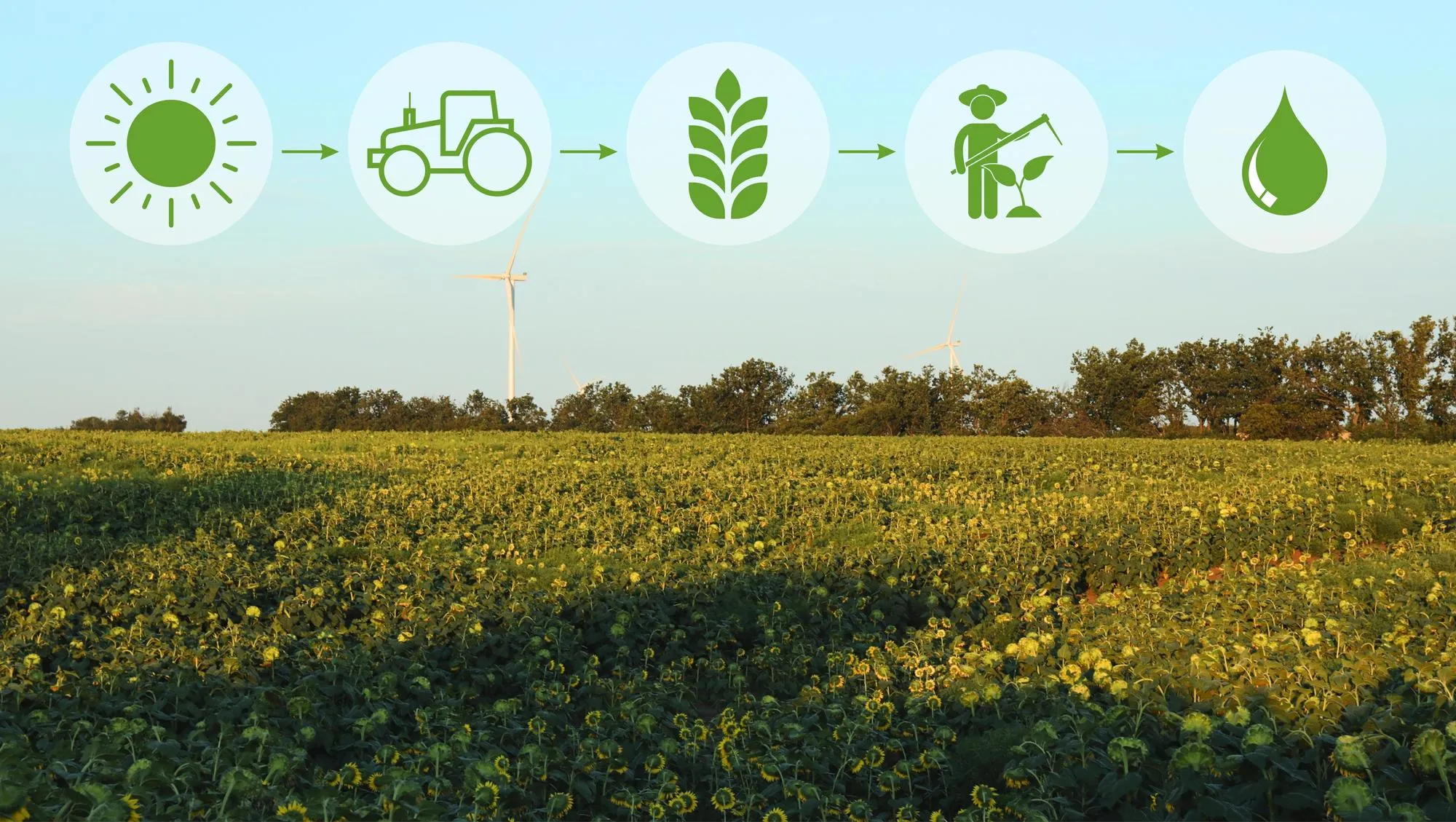DOI: 10.1104/pp.18.01509
Root systems are the foundations of plant life, anchoring them into the soil and absorbing water and nutrients essential for growth. Despite their significance, roots have largely been neglected in the study of domestication – until now. A groundbreaking study conducted by Singh Jugpreet et al., published in ‘Plant Physiology’ has shed light on how domestication has impacted the root architecture of the common bean (Phaseolus vulgaris), a staple crop vital for food security globally. The research, supported by the United States Government, marks a significant step in understanding the intricate ways domestication has shaped plant traits, potentially ushering in an era of targeted crop improvement.
Abstract
In July 2019, an exhaustive study revealed that the domestication of the common bean (Phaseolus vulgaris) has been accompanied by significant developmental changes in root systems. These changes, otherwise termed developmental pleiotropy, have manifested due to selective pressures applied during domestication. The study, led by the Department of Horticultural Sciences of the University of Florida, highlighted genetic variation, phenotype, and genotype related to the growth and development of common bean root systems, offering a nuanced view of plant domestication.
Introduction
Historically, research on plant domestication has centered around above-ground traits, such as seed size and plant stature. However, roots play a crucial part in a crop’s ability to acquire nutrients and sustain yield, which is especially pertinent in the context of climate change and soil degradation. Understanding the extent to which domestication has influenced root architecture in Phaseolus vulgaris can inform future breeding strategies aimed at sustainability and resilience. Singh Jugpreet and colleagues’ research fills a critical gap in domestication studies by bringing the root system into the spotlight.
Methodology
The research utilized a range of analytical techniques, including quantitative trait loci (QTL) genetics, principal component analysis, as well as genotyping-by-sequencing (GBS) to assess genetic variations in seedlings and mature plants. Through the analysis of both wild and cultivated genotypes of common beans, the research brought forth a comparative approach to examine the root system architecture.
Findings
The findings of the study were revelatory, underscoring the pleiotropic effects of domestication on bean roots. A stark contrast was observed between the domesticated and wild phenotypes, with domestication resulting in shallower root systems. This shift in root architecture could have implications on the crop’s ability to withstand various stresses, including drought and nutrient scarcity.
Implications
The implications of this study are manifold:
1. Breeding Strategies: The findings pave the way for breeding programs focused on root traits that can lead to increased efficiency in water and nutrient uptake, and thus, contribute to agricultural sustainability.
2. Genetic Insight: The study offers genetic markers that can be used to trace the evolutionary trajectory of domesticated plants and potentially reverse-engineer crops to exhibit desired root characteristics.
3. Agricultural Practices: A deeper understanding of root systems can inform farming practices, allowing for more targeted soil amendments and irrigation strategies.
4. Climate Change Adaptation: With the impending challenges of climate change, c with optimal root systems that can withstand abiotic stresses are crucial for food security.
Conclusion
The study by Singh Jugpreet et al. is a testament to the complex influence of human cultivation on crop development. The roots of the common bean have been sculpted by years of selective pressures, revealing the intricate dance between genotype and the environment. As agricultural practices move towards a sustainable future, knowledge of the genetic basis for these traits proves invaluable.
Keywords
1. Common Bean Domestication
2. Root System Architecture
3. Plant Breeding Strategies
4. Genetic Variation in Crops
5. Agricultural Sustainability
References
1. Singh, J. J., Gezan, S. A., Vallejos, C. E. (2019). Developmental Pleiotropy Shaped the Roots of the Domesticated Common Bean (Phaseolus vulgaris). Plant Physiol, 180(3), 1467-1479. (https://doi.org/10.1104/pp.18.01509)
2. Araujo, A. P., Teixeira, G., De Almeida, D. L. (1997). Phosphorus efficiency of wild and cultivated genotypes of common bean (Phaseolus vulgaris L.) under biological nitrogen fixation. Soil Biol Biochem, 6: 951–957.
3. Bhakta, M. S., Jones, V. A., Vallejos, C. E. (2015). Punctuated distribution of recombination hotspots and demarcation of pericentromeric regions in Phaseolus vulgaris L. PLoS One, 10: e0116822.
4. Bouteillé, M., Rolland, G., Balsera, C., Loudet, O., Muller, B. (2012). Disentangling the intertwined genetic bases of root and shoot growth in Arabidopsis. PLoS One, 7: e32319.
5. Burger, J. C., Chapman, M. A., Burke, J. M. (2008). Molecular insights into the evolution of crop plants. Am J Bot, 95: 113–122.
